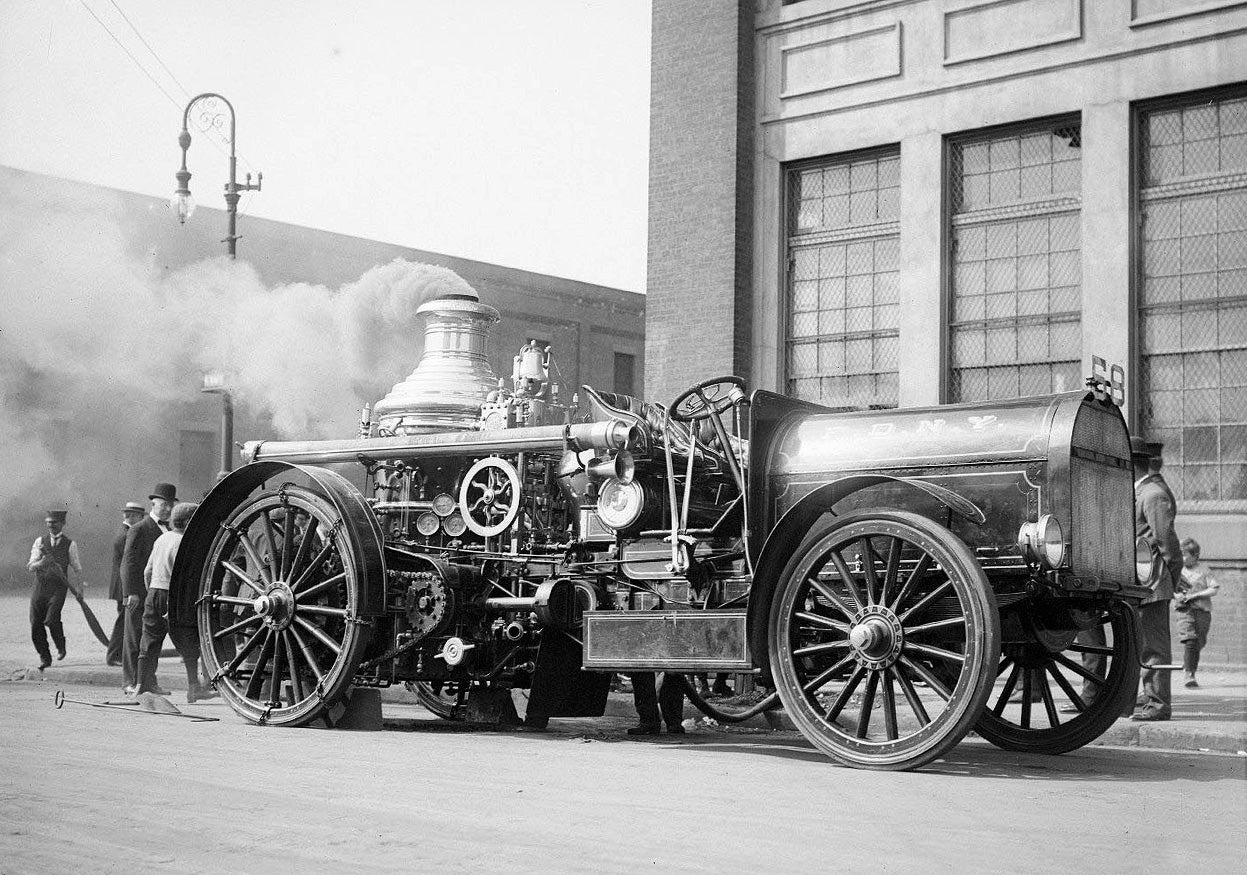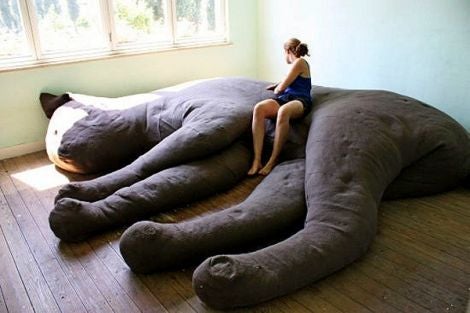 "ttyymmnn" (ttyymmnn)
"ttyymmnn" (ttyymmnn)
03/09/2020 at 08:35 ē Filed to: good morning oppo
 3
3
 17
17
 "ttyymmnn" (ttyymmnn)
"ttyymmnn" (ttyymmnn)
03/09/2020 at 08:35 ē Filed to: good morning oppo |  3 3
|  17 17 |

Happy Monday. Iím still trying to build up steam to get going this morning.†
 Nibby
> ttyymmnn
Nibby
> ttyymmnn
03/09/2020 at 08:35 |
|
building steam? u mad bro
 Kat Callahan
> ttyymmnn
Kat Callahan
> ttyymmnn
03/09/2020 at 08:37 |
|
 ttyymmnn
> Nibby
ttyymmnn
> Nibby
03/09/2020 at 08:48 |
|
No, sick.†
 Nibby
> ttyymmnn
Nibby
> ttyymmnn
03/09/2020 at 08:50 |
|
get well soon
maybe i can send this to you
https://longisland.craigslist.org/zip/d/west-babylon-free-8ft-teddy-bear/7089595915.html
 ttyymmnn
> Nibby
ttyymmnn
> Nibby
03/09/2020 at 08:53 |
|
Thanks. And thanks but no thanks on the giant teddy bear. Iíve nowhere to put it.
 pip bip - choose Corrour
> ttyymmnn
pip bip - choose Corrour
> ttyymmnn
03/09/2020 at 08:58 |
|
i winding down
:P
 Just Jeepin'
> Nibby
Just Jeepin'
> Nibby
03/09/2020 at 09:14 |
|

Go big or go home.
 RamblinRover Luxury-Yacht
> ttyymmnn
RamblinRover Luxury-Yacht
> ttyymmnn
03/09/2020 at 09:22 |
|
You may find these interesting to watch while the coffee gets to work:
This guy is a master craftsman, and rebuilds wagon wheels for everything from cannons to (as above) antique wood-spoke cars.
 ttyymmnn
> RamblinRover Luxury-Yacht
ttyymmnn
> RamblinRover Luxury-Yacht
03/09/2020 at 09:24 |
|
Iíve seen similar videos. I love watching craftsmen at work, as itís something I could never do.†
 ttyymmnn
> RamblinRover Luxury-Yacht
ttyymmnn
> RamblinRover Luxury-Yacht
03/09/2020 at 09:43 |
|
That circumference tool was gorgeous. I wonder how old that this is?
 Maxima Speed
> ttyymmnn
Maxima Speed
> ttyymmnn
03/09/2020 at 10:00 |
|
Thing is a beast.
 RamblinRover Luxury-Yacht
> ttyymmnn
RamblinRover Luxury-Yacht
> ttyymmnn
03/09/2020 at 10:30 |
|
One thing I had noticed but not really been aware of is that these spoked wheels have an irregular shape to the spoke. What he calls ďegg-shapedĒ - for strength. I had been aware that the wheels have to be set at a certain camber to run properly (and are dished rather than being flat plane), but this translates to the spokes being very slightly curved as well as having a special shape. Interesting.
 Nibby
> ttyymmnn
Nibby
> ttyymmnn
03/09/2020 at 10:41 |
|
just set it on fire
 ttyymmnn
> RamblinRover Luxury-Yacht
ttyymmnn
> RamblinRover Luxury-Yacht
03/09/2020 at 11:05 |
|
I was also interested to see him using a ball- peen hammer. Iím certainly in no position to question his choice of tools, but I would have figured that a rubber mallet would have been better. Unless the steel hammer gives him more control over the exact spot he wants to hit, and a little more bang for the buck.†
 RamblinRover Luxury-Yacht
> ttyymmnn
RamblinRover Luxury-Yacht
> ttyymmnn
03/09/2020 at 11:19 |
|
Iíd actually assume that for anything that canít take a steel hammer hit, the ideal would be a wood mallet. Rubber mallets can distort thin metal just as much as a strike from a steel hammer, and have a bad habit of smearing on the surface. They also canít be swung as quickly and sharply. The sharpness of the blow is important for the same reason as a body hammer - a high-speed rap with little momentum actually distorts more/moves more right at the point of impact with less effect to surrounding areas. When youíre trying to break things loose or set them in place, itís similar.
For the opposite reason, youíd use lead hammers or brass drifts when working on heavy parts - no damage to the part, no sharpness at point of impact causing distortion, and enough momentum to pop one heavy part loose from another.
A rubber mallet is fine for assembling soft things together with soft blows, but it does have its drawbacks. Really laying into something with a rubber hammer could even be more tiring.
 ttyymmnn
> RamblinRover Luxury-Yacht
ttyymmnn
> RamblinRover Luxury-Yacht
03/09/2020 at 11:20 |
|
Hadnít thought of a wood mallet. Whatever the tool, his hits seemed quite precise.†
 RamblinRover Luxury-Yacht
> ttyymmnn
RamblinRover Luxury-Yacht
> ttyymmnn
03/09/2020 at 11:24 |
|
In the buggy wheel one, while soldering the rubber tire wires, he says that the first time he did it, an older craftsman told him that by about the thousandth time, heíd about have the process down. He then remarks that his thousandth wheel passed years and years ago...